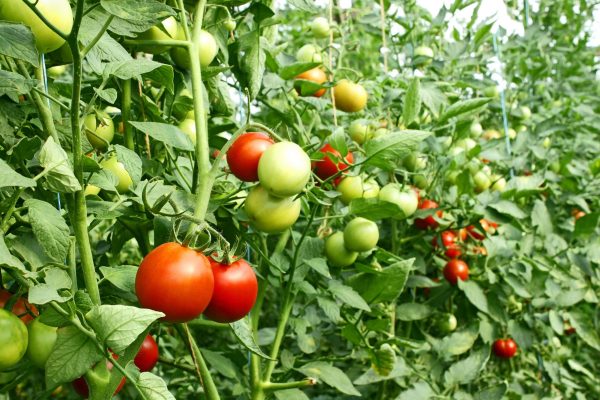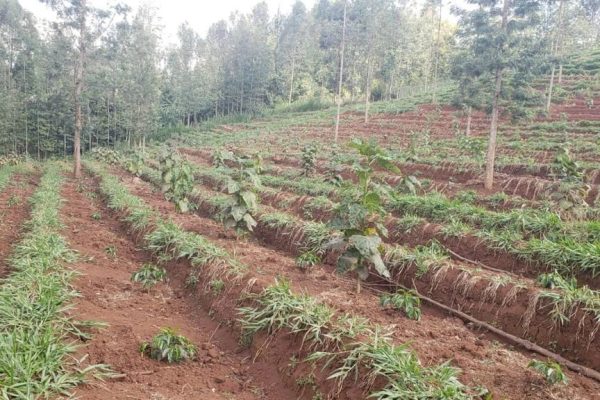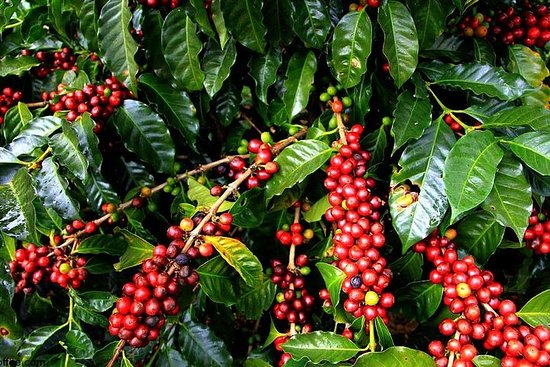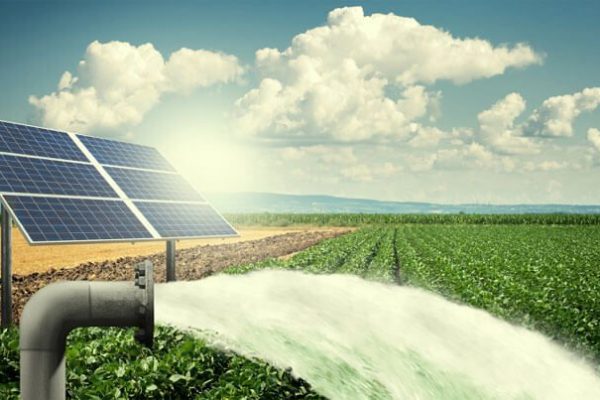
Tomato Farming in Kenya Guide – Increase Tomatoes Productivity
Tomato Farming in Kenya Guide – Tomatoes represent a cornerstone in Kenyan horticulture, offering a lucrative opportunity for farmers. With a robust market and the relative ease of cultivation, especially in greenhouses, tomatoes are a favorite among growers. However, achieving success in tomato farming requires a strategic approach encompassing several critical factors. 1. Ideal Growing Conditions for Tomatoes Tomatoes thrive in climates with moderate to hot temperatures and moderate to high humidity. While they require moderate rainfall, these conditions are often best achieved through controlled irrigation or greenhouse cultivation. Adverse conditions, such as cool or waterlogged environments, can hinder tomato growth and productivity. 2. Techniques for Tomato Farming Preparing the Seed Bed: Optimal performance begins with transplanting from a well-prepared seedbed nursery, preferably using trays. The seedbed should have raised soil, around 15cm in height, with adequate spacing for walkways. Soaking seeds in a mixture of AFRIKELP and RODAZIM enhances germination and protects against damping off. Tomato Plantation: Transplant seedlings when their stems reach 4-6 mm in diameter, maintaining a spacing of 45cm by 60cm. To aid recovery from transplant shock, apply AFRIKELP. Top-dress the plants after four weeks using CAN or UREA and incorporate DAP fertilizer at 80kg per acre. Soil treatment against soil-borne pests and fusarium wilt is essential. Fertilizer Application, Irrigation, and Weeding: Top-dress plants, keep the field free from weeds, and apply AMBAR to suppress seed weeds and control broad-leafed weeds. Regular watering, avoiding excessive moisture, is crucial. During flower set, apply Harmony to prevent fruit diseases and flower/fruit abortion. Adjust fertilization post-flower set, avoiding nitrogen-rich fertilizers. Pest and Disease Control: Vigilantly scout for blights, mildew, and canker, particularly in cool, wet conditions. Apply Stage as an early precaution against blight, repeating if conditions persist. Stage 250 EW is effective against identified diseases, combined with Harmony for plant vigor. Combat insect pests like spider mites, leaf miners, thrips, whiteflies, caterpillars, and aphids with appropriate measures. Staking and Pruning: Employ vertical staking by tying plants to poles connected with wires, enhancing productivity. Regular pruning to remove side shoots, old and diseased leaves, and laterals fosters plant health. Support and prune early after transplanting to prevent stem damage. Apply AFRIKELP after each pruning or staking operation. Harvesting: Ripe tomatoes are ready for harvest from the 70th day onwards, depending on the variety. Carefully remove ripe fruits from stems and place them in clean, disinfected containers for transportation. Conclusion Cultivating tomatoes successfully requires a holistic and strategic approach. Kenyan farmers can optimize their tomato yields by paying meticulous attention to factors such as growing conditions, seedbed preparation, transplanting techniques, fertilizer application, pest and disease control, and effective staking and pruning methods. By embracing modern techniques and maintaining a balanced approach, farmers can ensure the sustainability and profitability of their tomato farming endeavors. Contact us Today – Click HereWhatsApp | Call: +254 743 149 267 | + 254 738 352 258Email Address: info@beseenlimited.com | sales@beseenlimited.com





